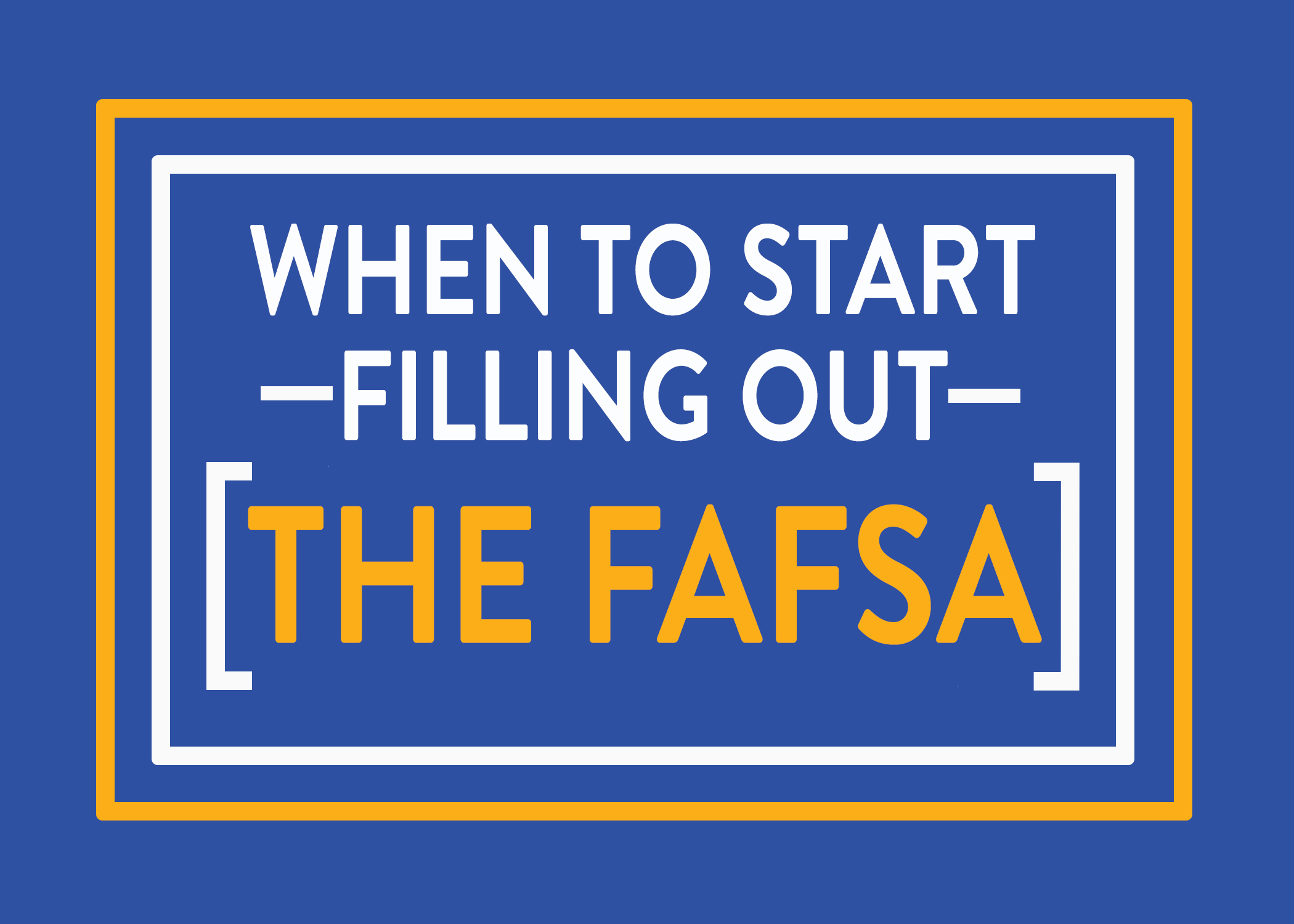November College Newsletter

When Should I File the FAFSA?
As you may already be aware, the Free Application for Federal Student Aid (FAFSA) is not yet open and won’t be until sometime in December or possibly January 1st. I’ve already gone over some of the major changes in September’s newsletter.
FAFSA simplification has been a topic of discussion for several years, with the aim of making the process of applying for federal student aid easier for families. The intention is commendable: simplify the form, reduce barriers to applying, and make college funding more accessible.
So far, I would characterize FAFSA simplification as FAFSA Complication.
However, “simple” is relative. While these changes are aimed at simplification:
-
- Some families might still find the process complex, especially if they’re unfamiliar with financial forms, or if they have unique financial situations.
- There’s always a learning curve with new systems or processes, so there might be confusion initially, as applicants and financial aid offices adapt to the changes.
- The underlying principles of the FAFSA, assessing a family’s financial situation to determine aid eligibility, remain complex, and while the form can be simplified, some intricacies are inherent to the process.
Are Education Loans Bad?
While student and parent loans often receive attention for their potential drawbacks, there are several positive aspects to them as well. Here’s a breakdown:
Positives of Student Loans:
-
- Access to Education: for many students, loans are the only way to pay for higher education. Without them, college might be an unattainable goal.
- Investment in the Future: a college degree can lead to higher earning potential and better career opportunities, making the loan an investment that can pay dividends in the future.
- Building Credit: if managed correctly, student loans can help young adults build a credit history. Timely repayment can lead to a higher credit score, which is beneficial for future financial endeavors.
- Flexible Repayment Plans: federal student loans, in particular, offer various repayment plans, including income-driven options that can adjust payments based on the borrower’s earnings.
- Deferment and Forbearance: federal student loans provide options to temporarily pause payments during financial hardships or specific life events, like furthering one’s education or undergoing medical treatments.
- Potential Forgiveness Programs: some professions or public service roles might qualify for loan forgiveness after a certain number of years
Positives of Parent Loans, including the Federal PLUS Loan:
-
- Filling Financial Gaps: parent loans can cover the difference between the cost of attendance and any financial aid the student receives.
- Higher Loan Limits: compared to loans offered directly to students, parent loans often have higher borrowing limits, ensuring that education costs are fully covered.
- Fixed Interest Rate: federal PLUS loans have a fixed interest rate, meaning it won’t fluctuate over the life of the loan. This makes it easier for parents to anticipate and manage repayment.
- Deferment Options: PLUS, loans come with options to defer payments while the student is in school or for an additional six months after the student graduates.
- Contribution to Student’s Education: while not a strictly financial benefit, many parents value the ability to contribute to their student’s education and future, even if it means taking on some debt.
- Tax Deduction: interest paid on a parent loan might be tax-deductible, depending on the taxpayer’s financial situation.
While these advantages help make student and parent loans viable and sometimes essential tools for financing higher education, it’s crucial for borrowers to fully understand the terms of their loans, the long-term implications of borrowing, and to borrow only what is necessary. It’s always a good idea to consult with financial advisors or counselors when considering taking on significant debt.
Each month, we provide you with tips on the best ways to pay for college regardless of your financial situation.
This is the first year that parent contributions to their 401(k), 403(b), and 457 retirement plans will not be counted as discretionary and will no longer be counted against you when applying for financial aid! If a retirement plan contribution is on your W2 then it will NOT count against you.
However, IRAs, Simplified Employee Pensions, SIMPLE IRAs, Keogh, or any other retirement plan contributions that appear on your 1040 Schedule 1 WILL count against you.
So, go ahead and consider funding those W2 retirement plans to the max. It will reduce your taxable income and increase eligibility for financial aid.
In the financial aid system, there are more trapdoors and landmines than ever before. Do everything you can to avoid mistakes, by preparing now for the financial aid process.
If you aren’t a client already, feel free to reach out and schedule a meeting with us to discover if there is a match between what we do and what it is that you want. We may be able to reduce your college costs!
‘Till next time, save room for your favorite Thanksgiving dessert!
P.S. If you find this newsletter helpful, please share it with others like yourself!
Disclosures
This material was created to provide accurate and reliable information on the subjects covered but should not be regarded as a complete analysis of these subjects. It is not intended to provide specific legal, tax, or other professional advice. The services of an appropriate professional should be sought regarding your individual situation.



CONNECT WITH BOB